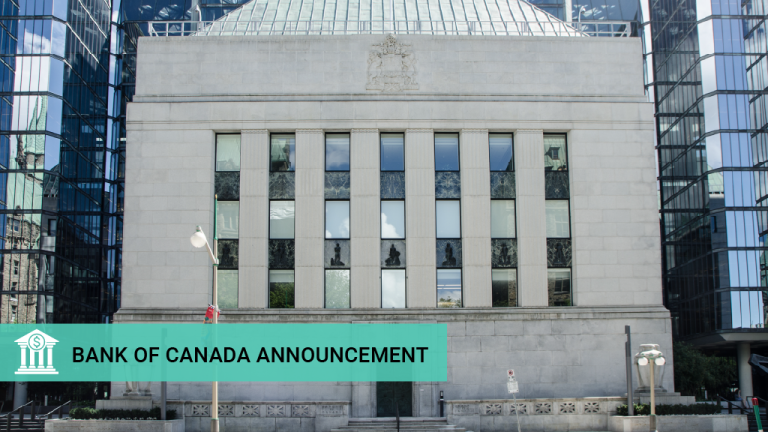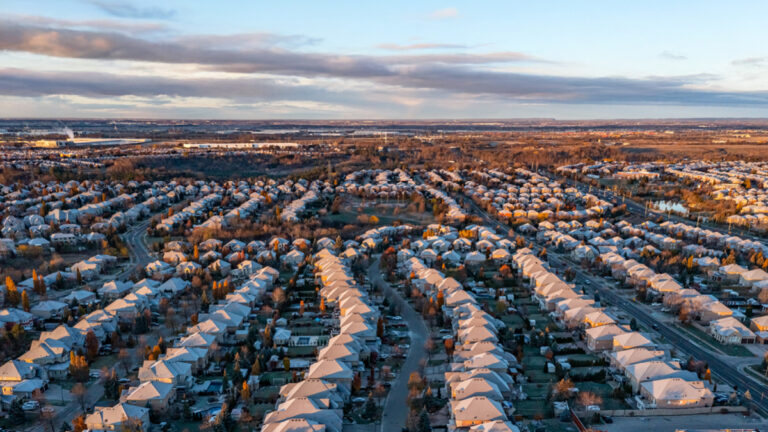
After rapid, impactful increases in interest rates since March 2022 that kept many buyers sidelined, expectations were high that demand would pick up vigorously at the first sign of a reversal by the Bank of Canada. In many Quebec real estate markets, however, buyers were more hesitant than expected following the very first rate cut announced on June 5th, preferring to wait a little longer until the savings were more worthwhile. The effects of the long-awaited rate cut on buyer and seller behaviour vary from region to region.
In the second quarter of 2024, the Quebec real estate market saw a sustained rise in property prices, but with significant disparities between regions. Here’s a look at Quebec’s largest real estate markets.
Greater Montreal Area
In the Greater Montreal Area, the increase in new listings slightly balanced demand. During the second quarter, the aggregate1 price of a home in the Greater Montreal Area rose by 4.8% compared to the same quarter in 2023 to $599,400, representing a 3.5% increase on a quarterly basis.
“Demand has been more tepid than anticipated following the first rate cut by the Bank of Canada,” said Dominic St-Pierre, Executive Vice President, Business Development, Royal LePage. “We expect market activity to moderate in the summer and accelerate in the fall, especially if a second interest rate cut is confirmed. As buyers previously priced out of the market try to take advantage of better mortgage conditions, competition is likely to intensify, but we don’t expect prices to soar.”
A market that will remain under pressure in the long term
Despite some rebalancing of supply and demand last quarter, the chronic housing supply shortage in Quebec remains a challenge. Rising borrowing costs over the past two years have not only put home ownership out of reach for some buyers, but also curbed builders’ borrowing capacity.
The forecast for Greater Montreal home prices over the coming months remains on an upward trajectory. In the Greater Montreal Area, Royal LePage forecasts that the aggregate price of a home will reach $614,978 in the fourth quarter of 2024, representing an 8.5% increase over the fourth quarter of 2023.
Quebec City
In Quebec City, high demand combined with insufficient supply led to a 10.4% year-over-year increase of the aggregate price, the largest increase among the largest Canadian real estate markets examined by Royal LePage. The aggregate price of a home reached $387,000 in the second quarter of 2024.
“The Quebec City real estate market is still very buoyant, stimulated by a low number of properties for sale, strong demand and affordable home values compared to many other markets in Quebec and Canada,” says Michèle Fournier, vice president and chartered real estate broker, Royal LePage Inter-Québec.
Moreover, Quebec City is the most popular destination for Montrealers looking for affordability in the housing market, according to a survey conducted in May by Royal LePage.2
“Unlike other markets in the province, multiple-offer scenarios are still the order of the day, when the price is justified and the property is well-presented. With the downward trend in interest rates, we find ourselves in the midst of a perfect storm for real estate price growth.”
Royal LePage is forecasting that the aggregate price of a home in Quebec City will increase 9.5% in the fourth quarter of 2024, compared to the same quarter last year. The previous forecast has been revised upwards to reflect current market conditions.
Gatineau
Gatineau also recorded a significant increase in prices, driven by continued interest in higher-end, single-family properties and limited inventory. The aggregate price of a home in the region rose by 5.9% year over year, to $454,500. Price appreciation was spurred primarily by the migration of existing owners to higher-end properties.
“One would have thought that still-high borrowing costs this quarter would have caused a shift in demand towards more affordable property segments, such as condos. However, the single-family home market was the main driver of residential real estate demand this spring, recording significant price appreciation throughout Gatineau,” observes Martin Simard, Chartered Real Estate Broker, Équipe Sirois Simard, Royal LePage Vallée de l’Outaouais. “The effects of the Bank of Canada’s first rate cut in over four years have been marginal so far. Buyers have not been piling in as much as some observers had anticipated in the second quarter, waiting for further interest rate cuts to increase their purchasing power and reduce their monthly mortgage payments.”
Sherbrooke
In Sherbrooke, the aggregate price of a home rose 3.1% year over year in the second quarter, reaching $371,700. Property prices in the region remain among the most affordable in the country.
“The scarcity of listings on the resale market, and the halt to new construction imposed by the Nature Plan in Sherbrooke, continue to create strong competition for the few properties for sale,” observes Jean-François Bérubé, chartered real estate broker, Royal LePage Évolution in Sherbrooke. “The stability of transactions in the region is the result of a lack of inventory, not a weakening in demand,” he adds.
Sherbrooke is also the second-most popular destination after Quebec City among Montrealers looking for real estate affordability, according to a survey conducted last May by Royal LePage.3
Trois-Rivières
Trois-Rivières, recently ranked as Quebec’s most affordable city in a Royal LePage report on Canada’s most affordable cities,4 continued to see the aggregate price of a home appreciate in the second quarter, up 9.5% year over year, in the face of the scarcity and relative affordability of properties for sale.
“Activity has remained relatively stable this spring, but prices are on the rise, which means demand is still there. However, the supply of properties remains low, contributing to a certain stagnation in activity,” said Martin Leblanc, chartered real estate broker at Royal LePage Centre. “Buyers have remained on the sidelines, waiting for more material declines in interest rates that allow them to reduce their mortgage burden. Meanwhile, sellers have also been on the sidelines, hoping to take advantage of a larger wave of potential buyers,” he notes. “Transactions have remained steady over the past three months.
Click here for regional analyses of markets across Quebec and Canada.
1Aggregate prices are calculated using a weighted average of the median values of all housing types collected. Data is provided by RPS Real Property Solutions and includes both resale and new build.
2,3,4 Half of residents in Canada’s largest urban centres eyeing move to more affordable real estate markets, May 29th, 2024







